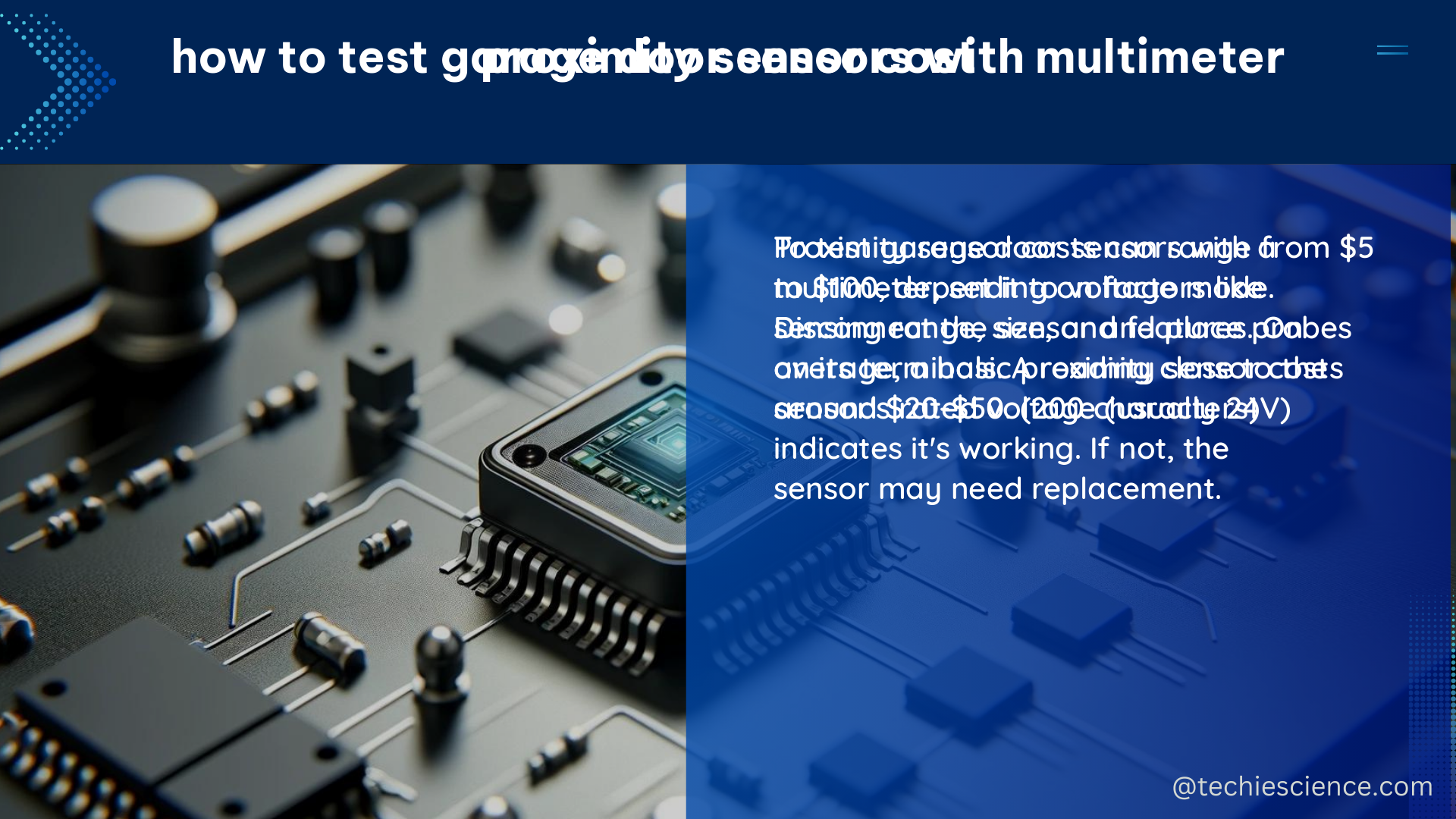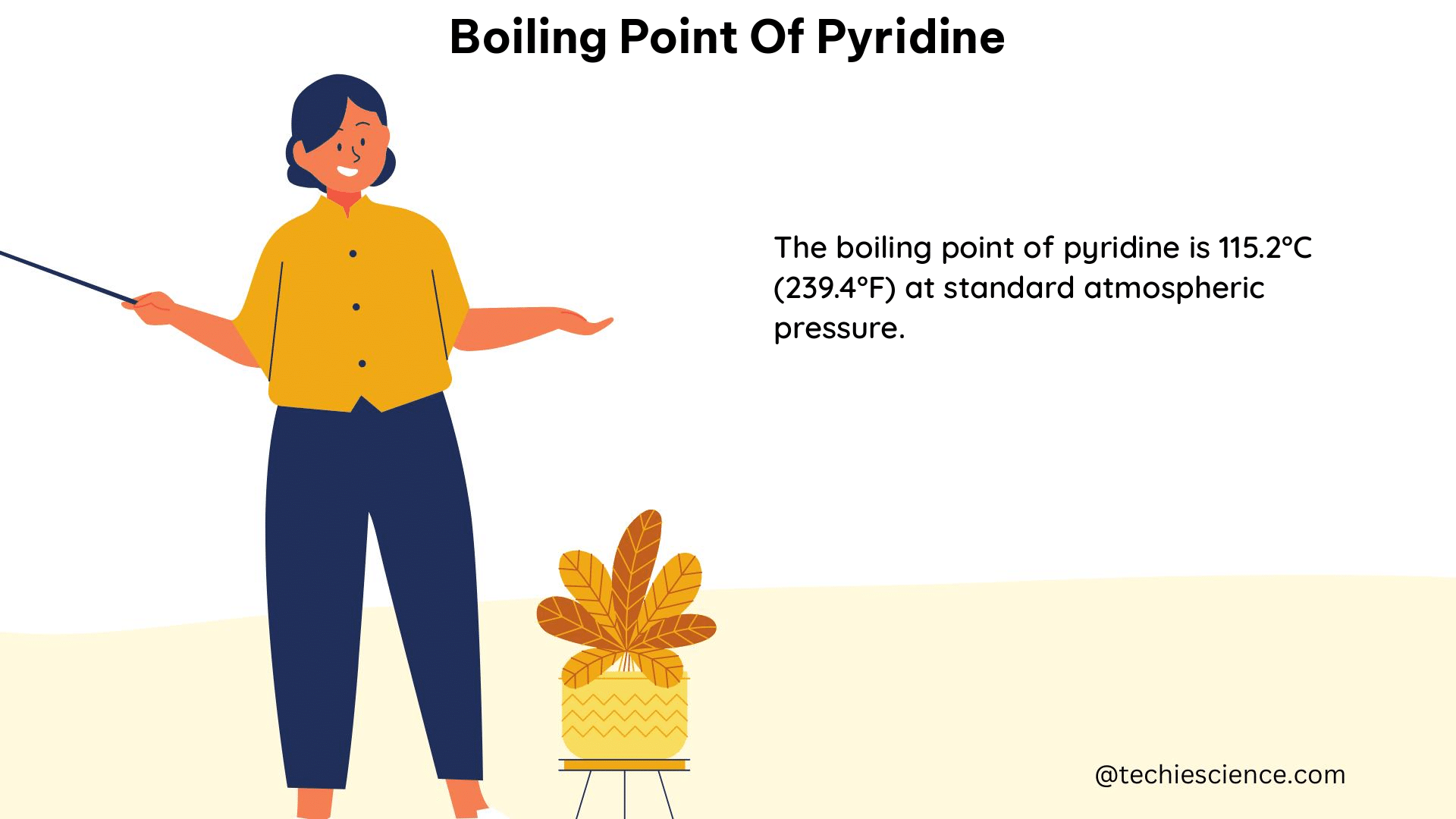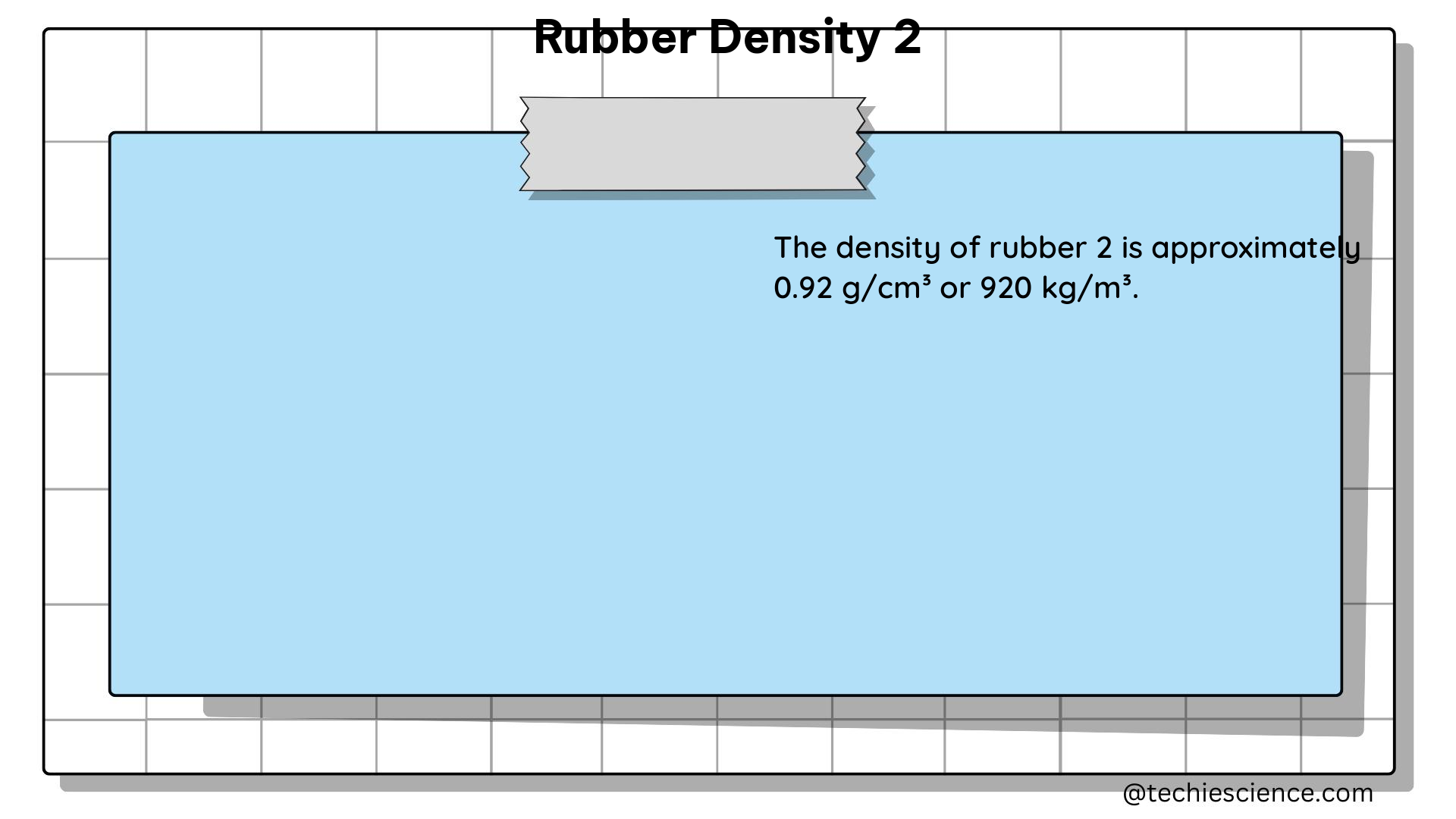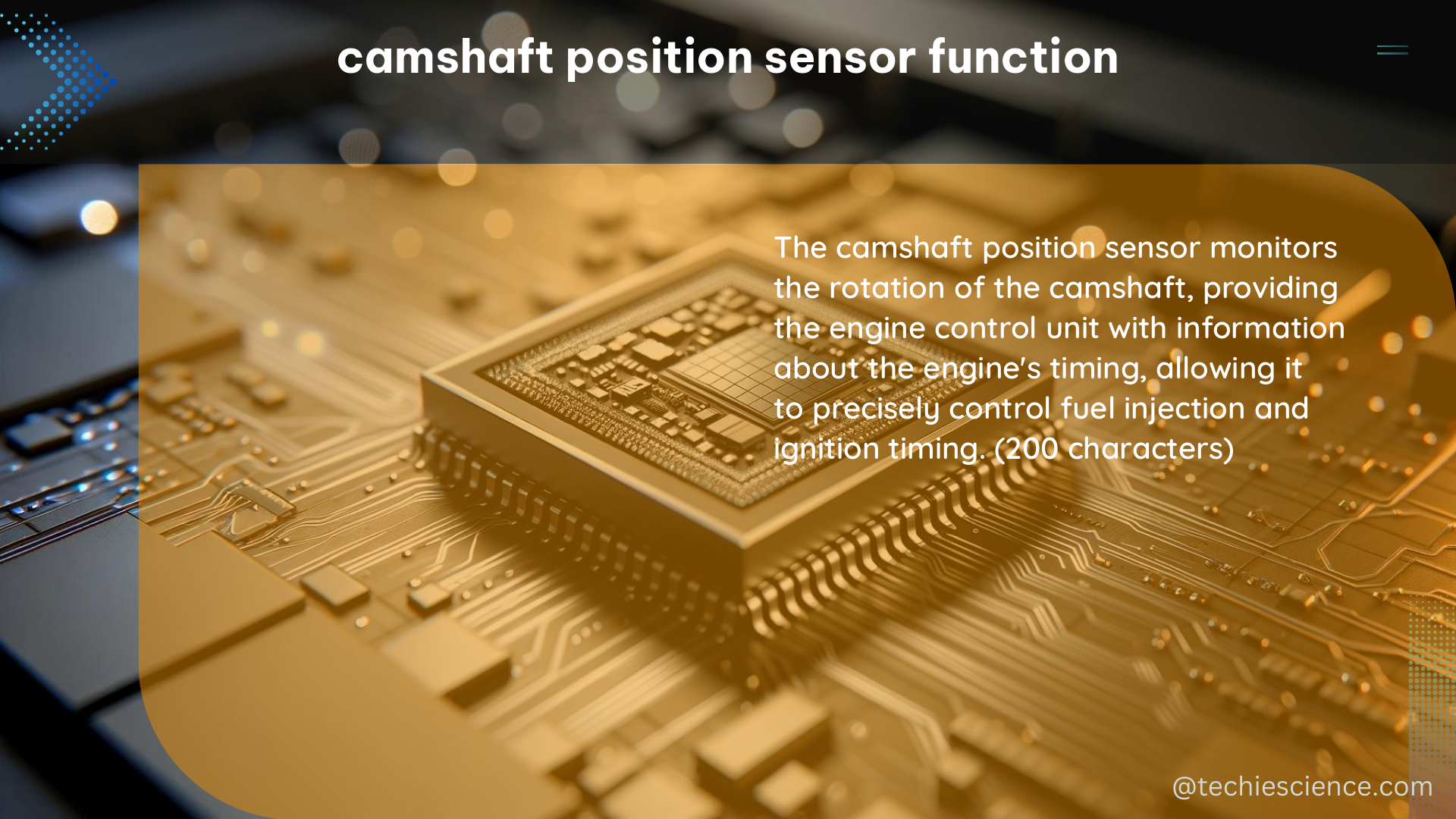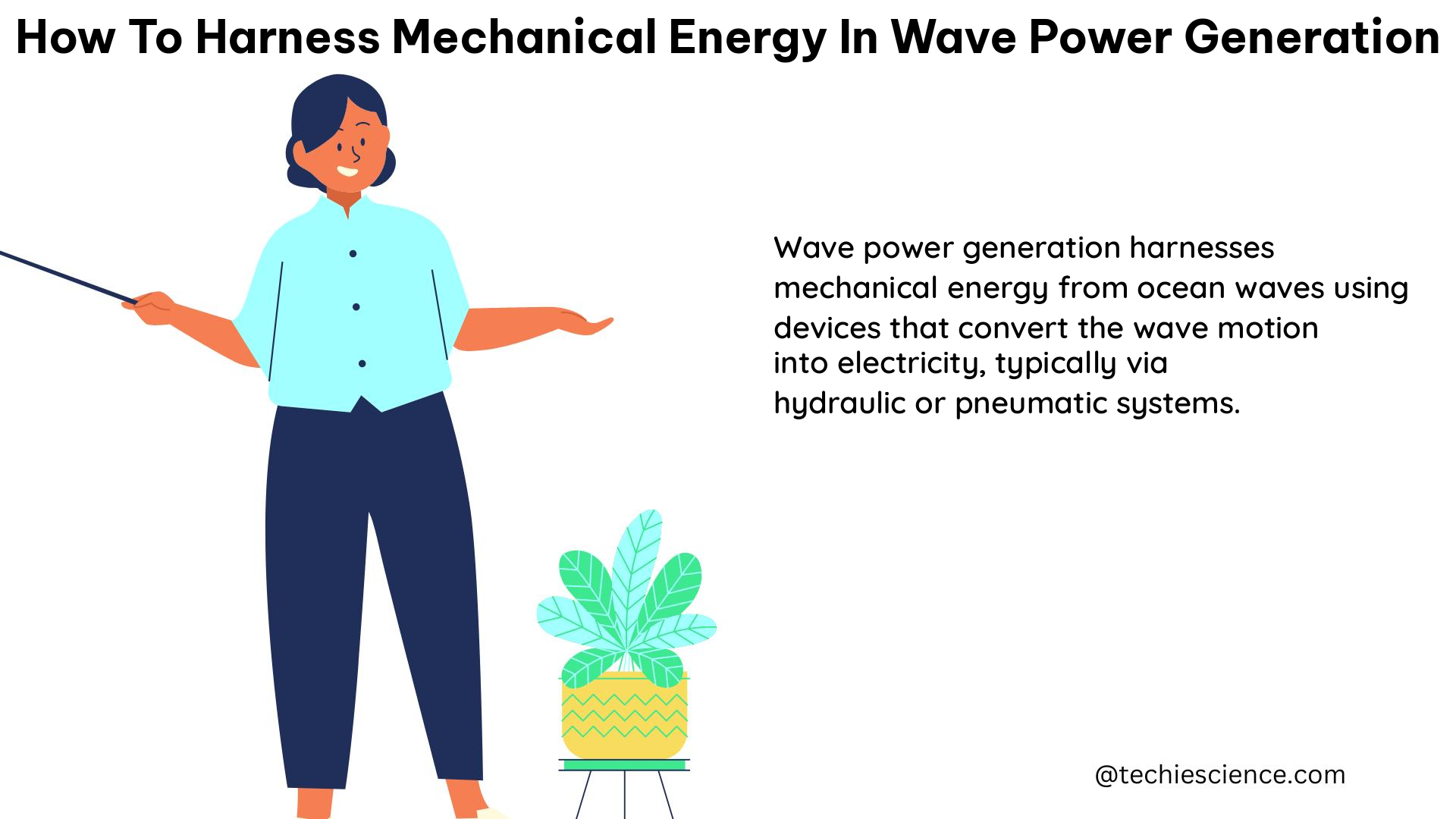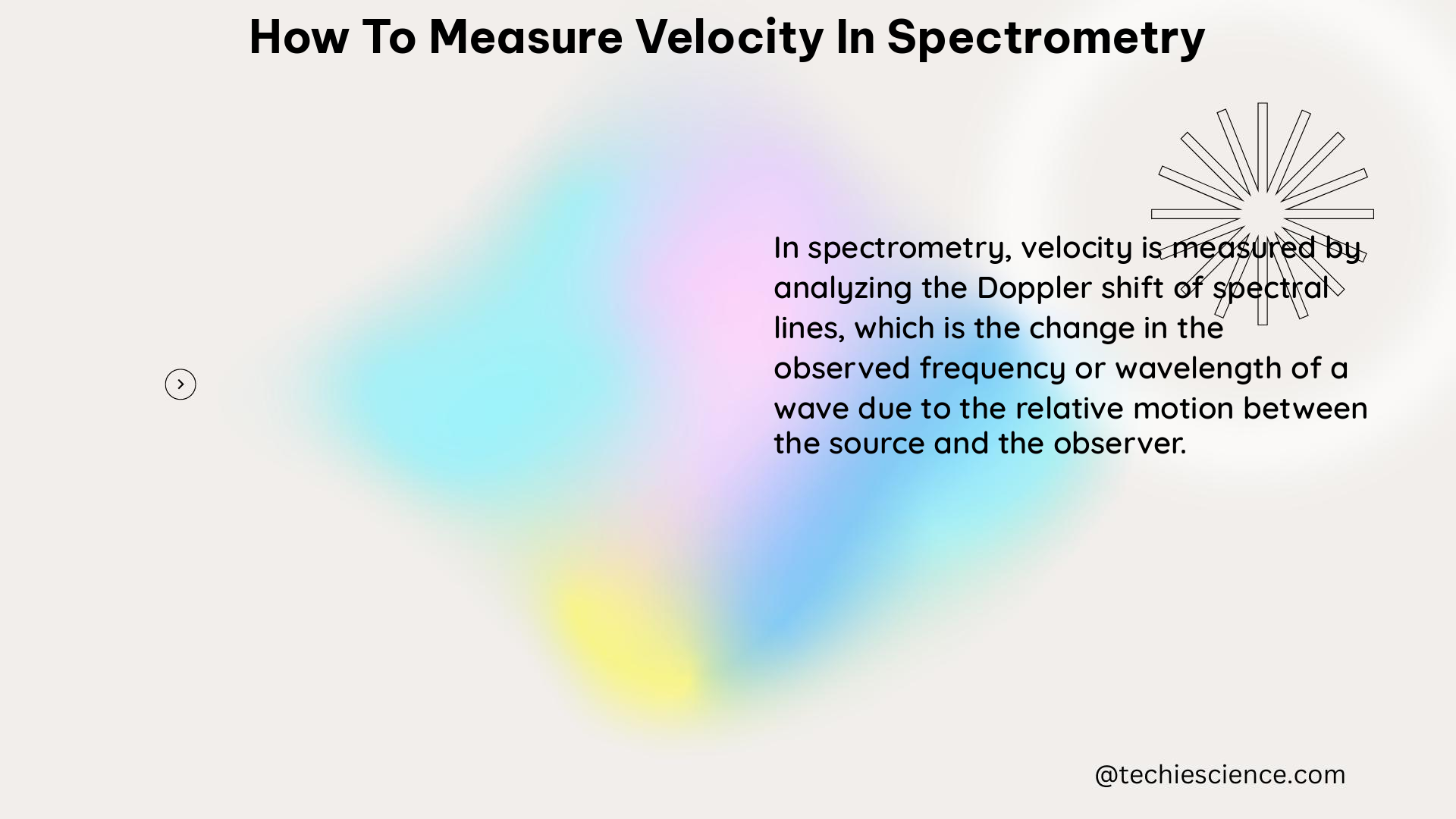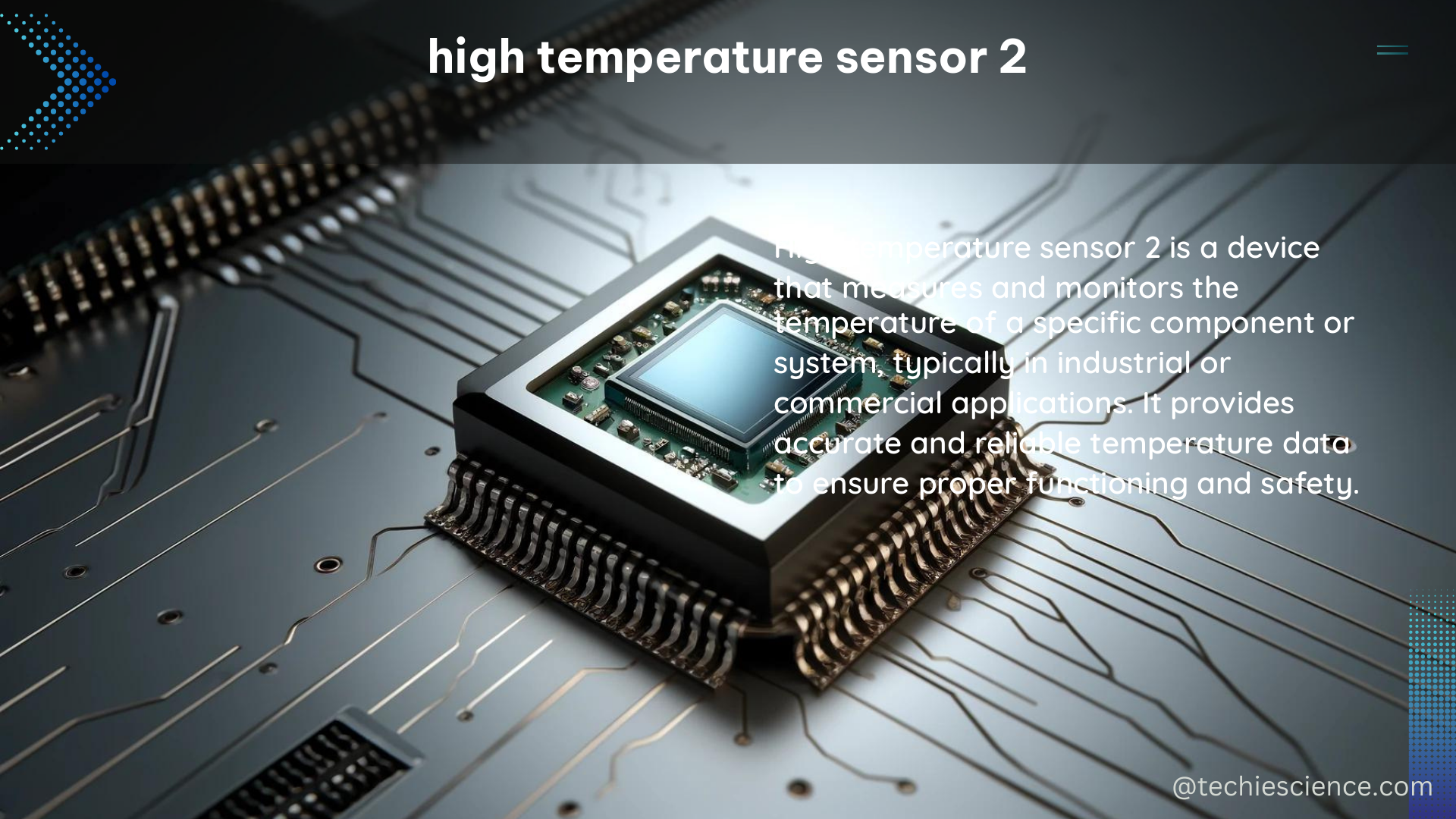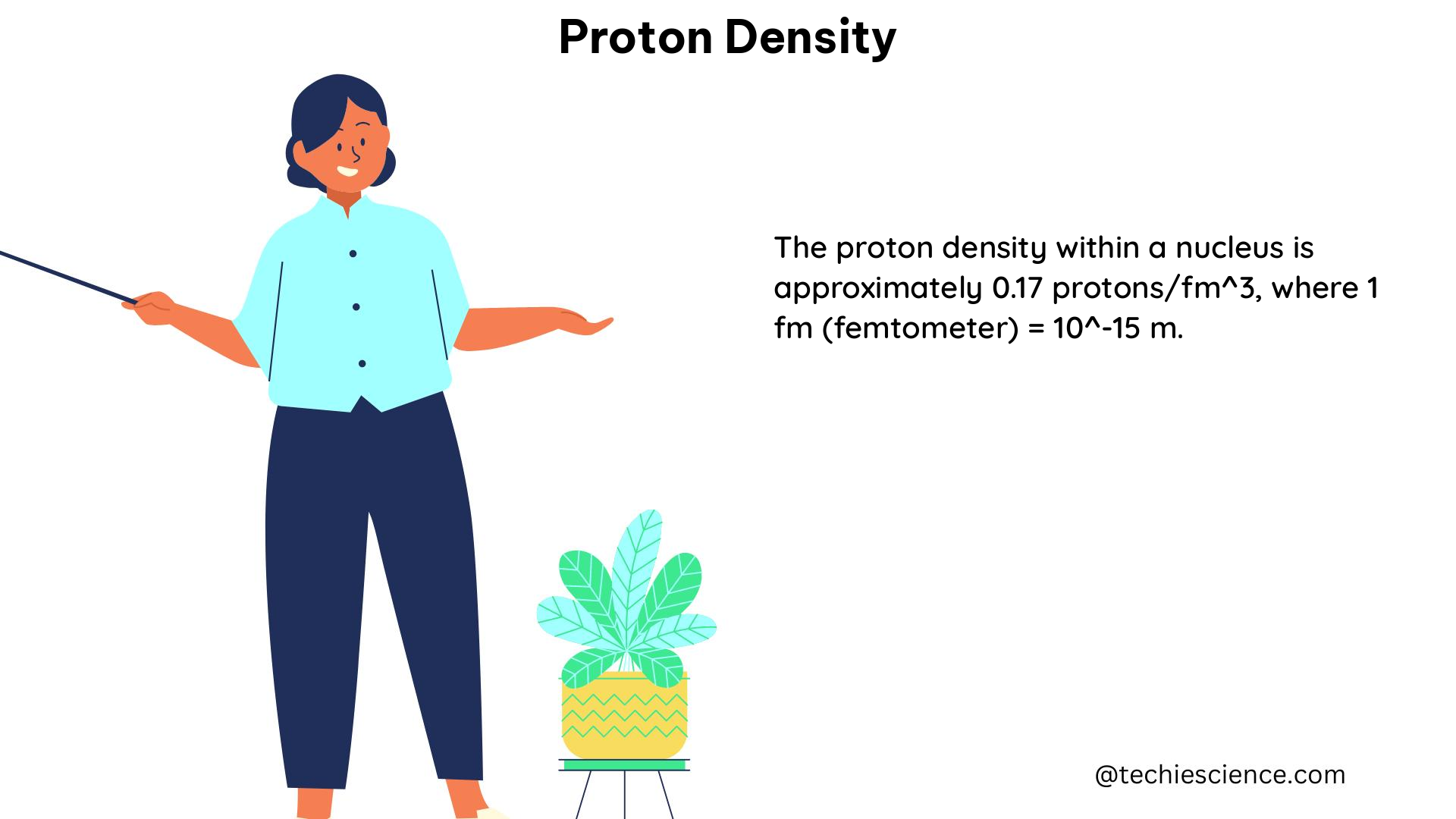The Comprehensive Guide to Proximity Sensor Cost: A Deep Dive into Pricing, Features, and DIY Options
Proximity sensors are essential components in a wide range of applications, from industrial automation to consumer electronics. Understanding the cost factors and technical specifications of these sensors is crucial for making informed purchasing decisions. In this comprehensive guide, we’ll explore the various aspects of proximity sensor cost, including the impact of different technologies, detection ranges, … Read more
